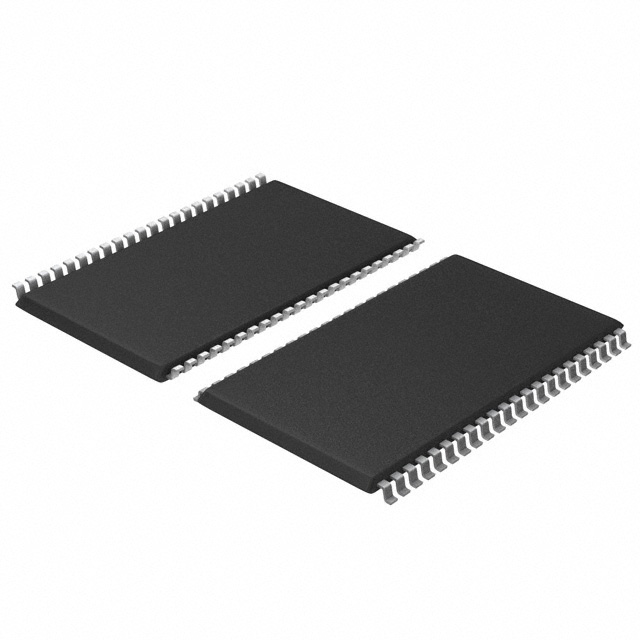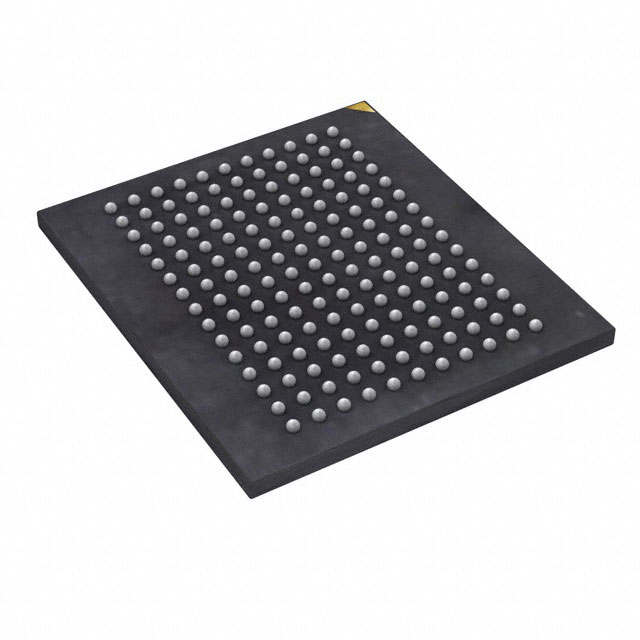IS61DDP2B44M18A-400M3L
Manufacturer No:
IS61DDP2B44M18A-400M3L
Manufacturer:
Description:
IC SRAM 72MBIT PARALLEL 165LFBGA
Datasheet:
Delivery:





Payment:




In Stock : 0
Please send RFQ , we will respond immediately.









IS61DDP2B44M18A-400M3L Specifications
-
TypeParameter
-
Supplier Device Package165-LFBGA (15x17)
-
Package / Case165-LBGA
-
Mounting TypeSurface Mount
-
Operating Temperature0°C ~ 70°C (TA)
-
Voltage - Supply1.71V ~ 1.89V
-
Access Time-
-
Write Cycle Time - Word, Page-
-
Clock Frequency400 MHz
-
Memory InterfaceParallel
-
Memory Organization4M x 18
-
Memory Size72Mbit
-
TechnologySRAM - Synchronous, DDR IIP
-
Memory FormatSRAM
-
Memory TypeVolatile
-
DigiKey ProgrammableNot Verified
-
PackagingTray
-
Product StatusActive
-
Series-
The IS61DDP2B44M18A-400M3L is a specific integrated circuit (IC) chip, which is a synchronous dynamic random-access memory (SDRAM) chip with a capacity of 2 gigabits. Here are some advantages and application scenarios of this particular chip:Advantages: 1. High Capacity: The chip has a capacity of 2 gigabits, allowing for storing a large amount of data in a compact form factor. 2. Synchronous Operation: It operates synchronously with the system clock, enabling efficient and synchronized data transfers. 3. Fast Data Transfer Rates: The chip supports fast data transfer rates, providing quick access to stored data. 4. Low Power Consumption: It is designed to be energy-efficient, reducing power consumption during operation.Application Scenarios: 1. Computer Systems: The chip can be used in various computing systems such as desktop computers, laptops, and servers to enable high-speed data storage and retrieval. 2. Consumer Electronics: It can be integrated into consumer electronic devices like gaming consoles, digital cameras, and smart TVs to enhance their memory capabilities. 3. Networking Equipment: The chip can be employed in routers, switches, and other network equipment to store and process data with lower latency. 4. Embedded Systems: It can be utilized in embedded systems such as industrial automation, robotics, and automotive applications, providing reliable and fast memory for data storage and processing. 5. Telecommunications: The chip can find applications in telecommunications equipment, including network switches, base stations, and fiber-optic communication systems, for storing and accessing large volumes of data.Note: The advantages and application scenarios mentioned are general and may vary based on the specific requirements and use cases in different domains.
IS61DDP2B44M18A-400M3L Relevant information
-

CY7C1051H30-10ZSXIT
Infineon Technologies -
EM008LXOAB320CS1R
Everspin Technologies Inc. -
S25HS01GTDPMHB010
Infineon Technologies -
MT60B4G4HB-56B:G
Micron Technology Inc. -
CY15B104QI-20BFXIT
Infineon Technologies -
CY15V104QI-20BFXIT
Infineon Technologies -
CY15B104QI-20LPXIT
Infineon Technologies -
CY15B104QI-20LPXCT
Infineon Technologies -
CY15V104QI-20LPXCT
Infineon Technologies -
CY15V104QI-20LPXIT
Infineon Technologies







